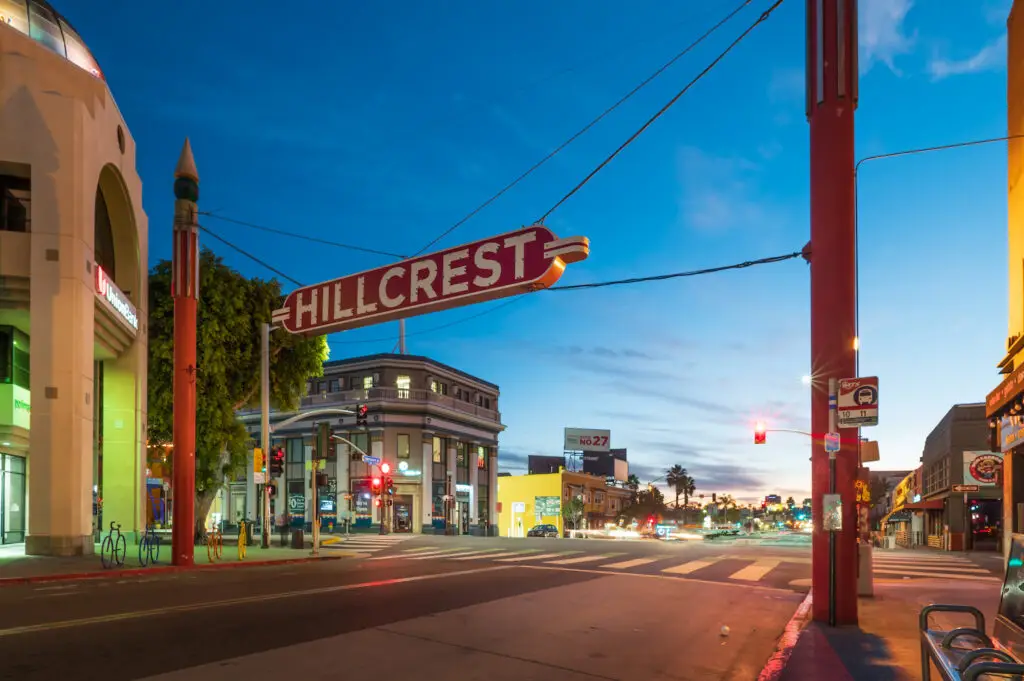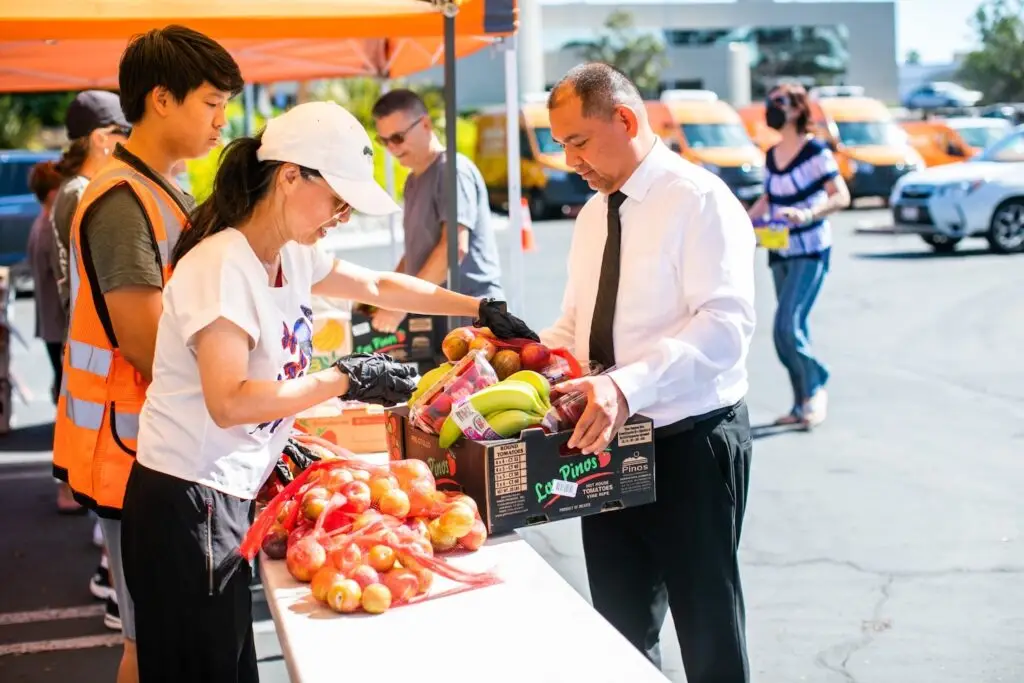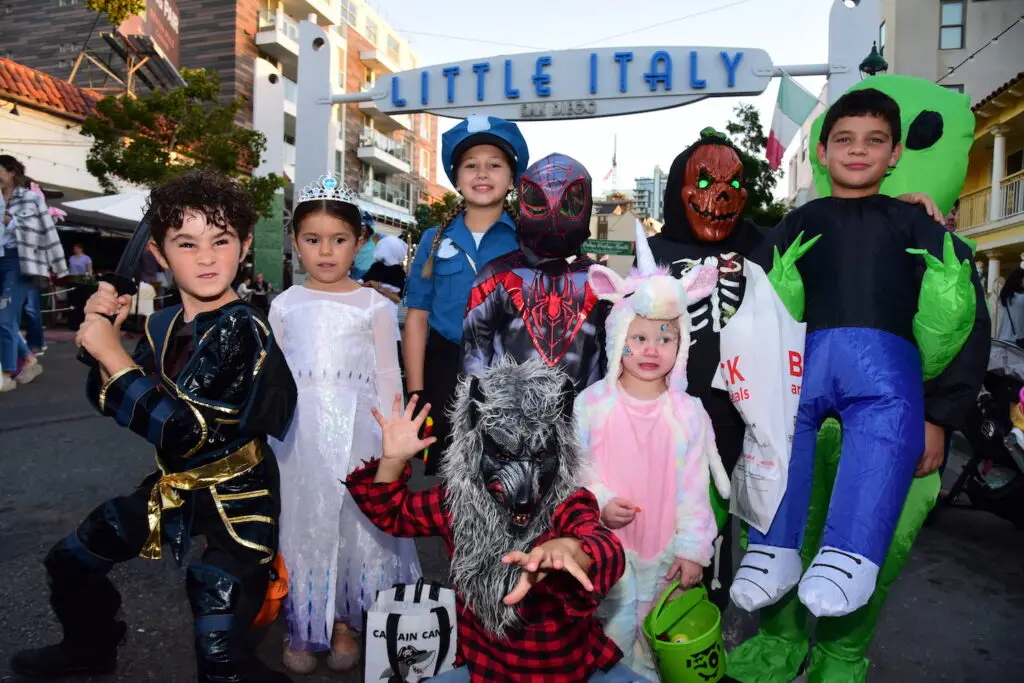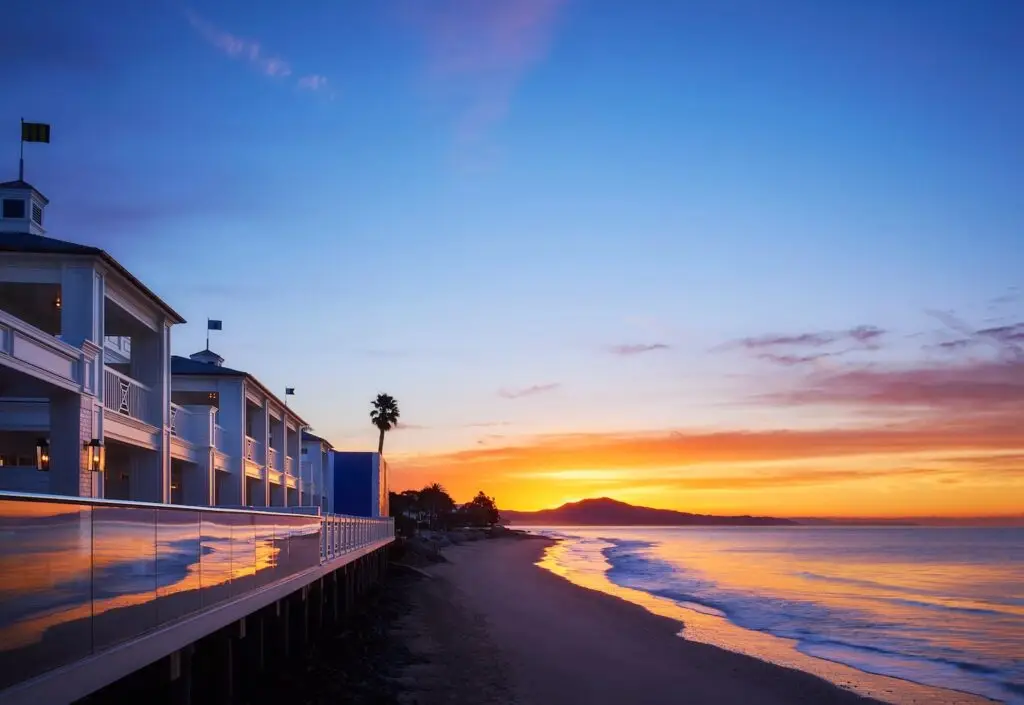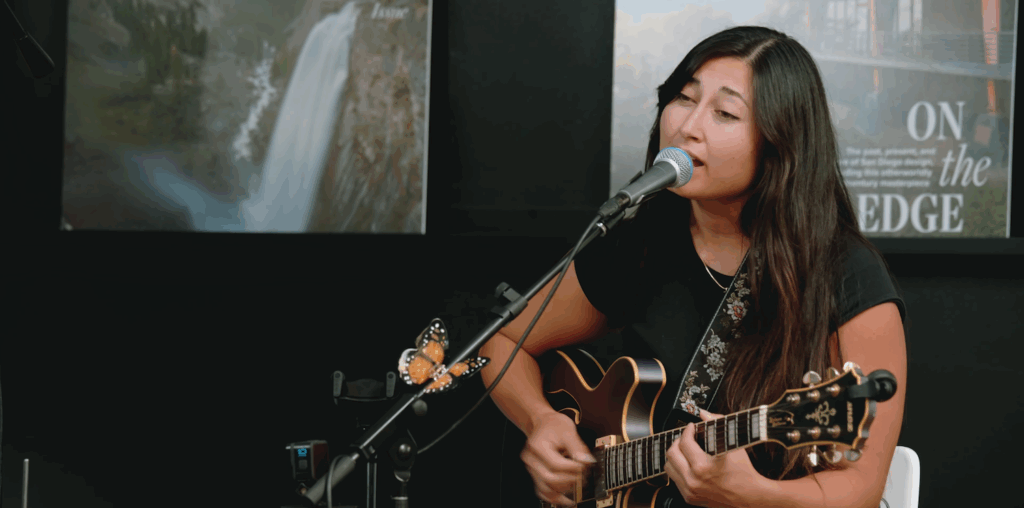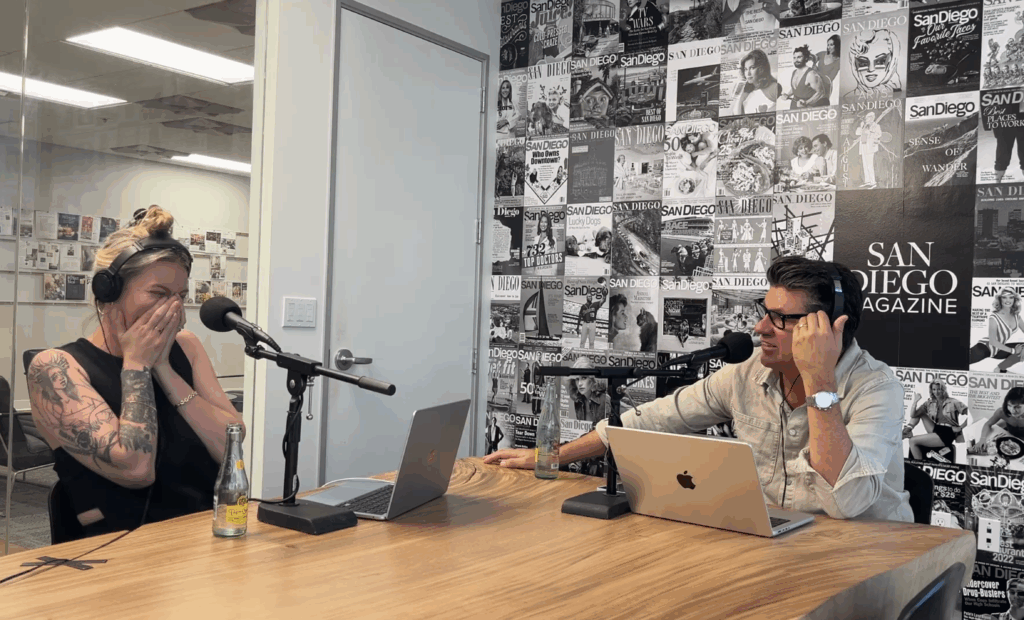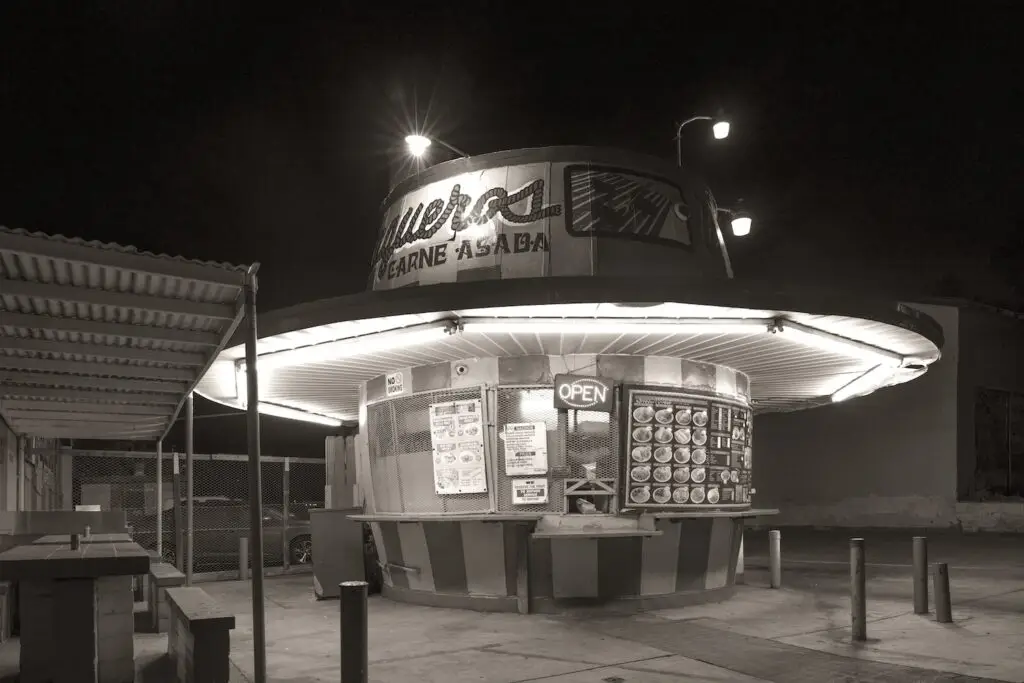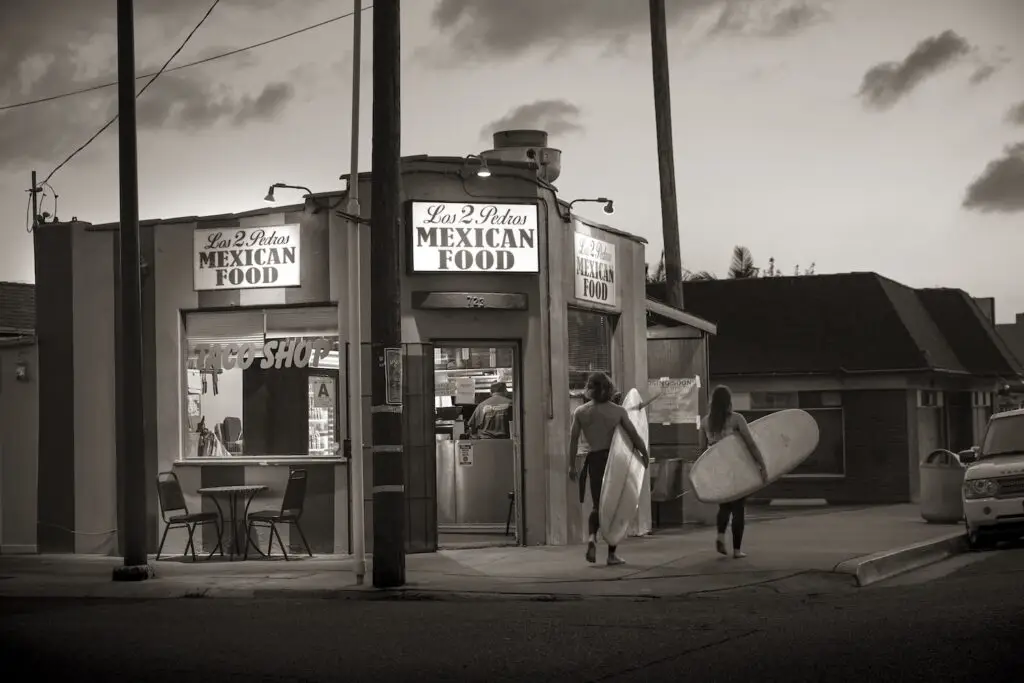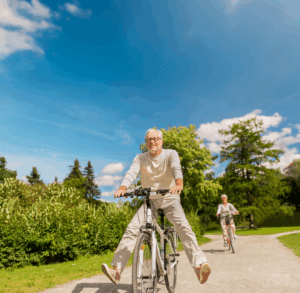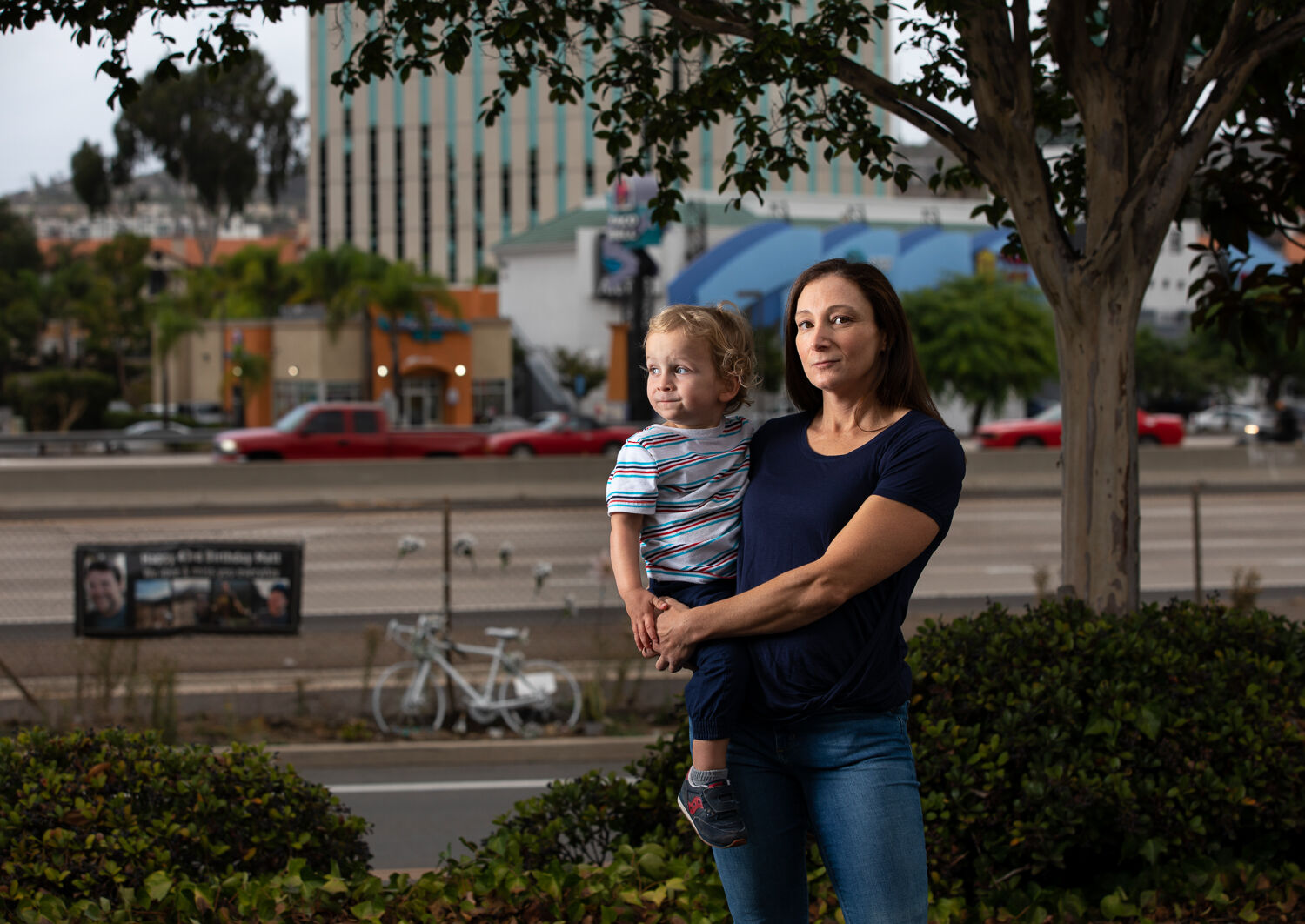
Laura Keenan and her now two-year-old son, Evan.
Credit: Ana Ramirez
Matt Keenan had just put his infant son to bed for the night. He said goodbye to his wife and headed out for a bike ride to catch a late movie, as he had done countless times before. A day without a bike ride just wasn’t complete.
But that September 2021 ride from North Park to Mission Valley would be his last. Matt was struck head-on by a wrong-way driver and killed. Despite Matt’s blindingly bright lights he used for night riding, the driver said she never saw him. Wearing a helmet and riding within the narrow painted bike lane on Camino del Rio wasn’t enough. In an instant, his wife, Laura, became a single mother to their now two-year-old child, Evan.
I spoke with Laura Keenan just eight days after her husband’s death. Rather than retreating into her grief, she has emerged as one of San Diego’s most powerful advocates for protected bike lanes.
Protected bike lanes, also called “cycle tracks,” have a physical barrier separating cyclists from cars. Studies across the country and globe show they’re not only obviously safer than painted lines on a road—they’re also more likely to attract new cyclists, particularly women, children, older adults, and people with disabilities. It turns out most people prefer biking in low-stress environments over the urban warfare that often comes with “sharing the road.”
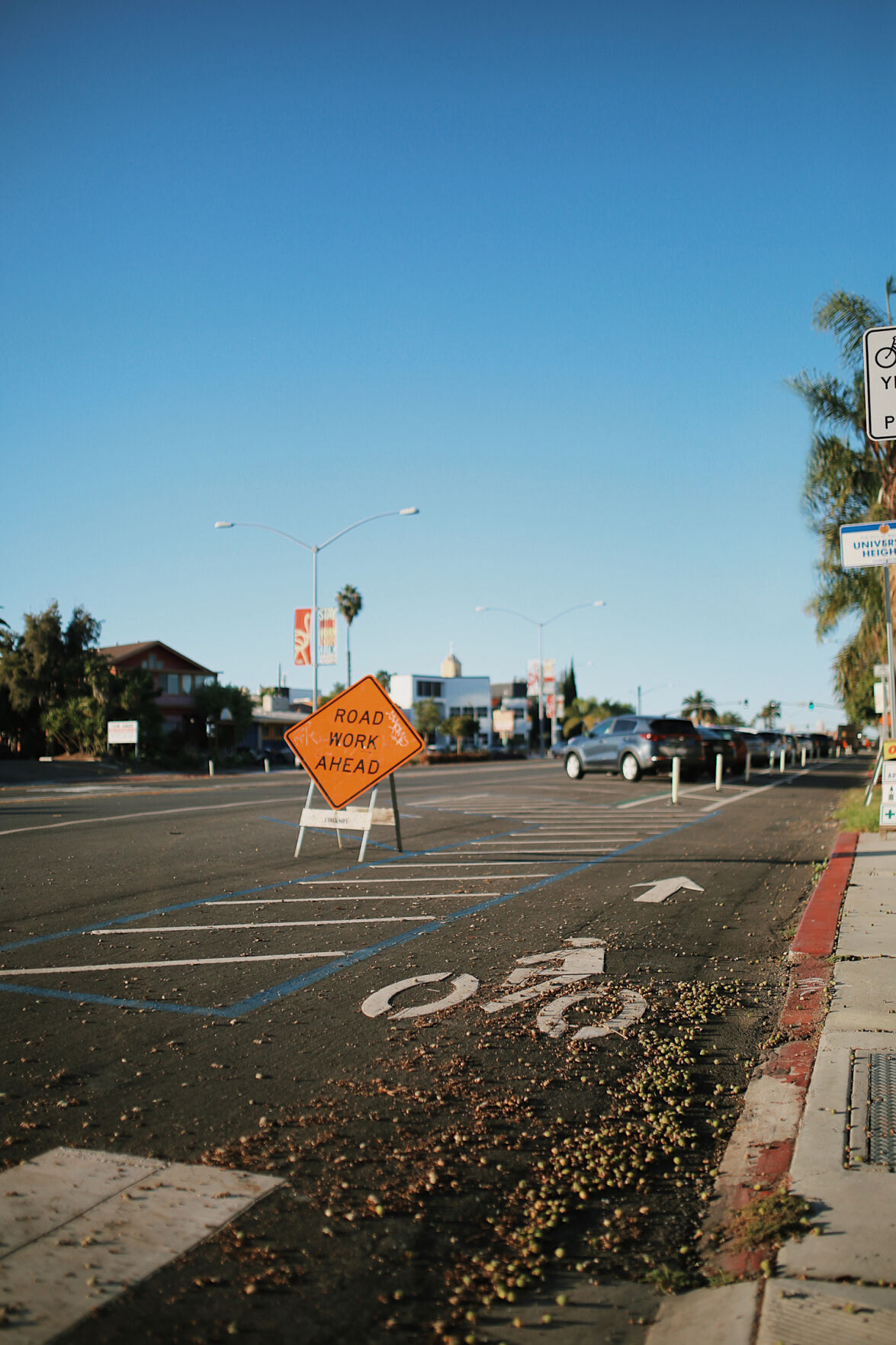
Bike lane on Park Boulevard.
Credit: Madeline Yang
Here’s the catch: Protected bike lanes were nonexistent when San Diego’s streets were first designed. Putting them in now almost always requires reclaiming some amount of street space from cars—either street parking, a travel lane, or both. And few things anger San Diegans more than parking and traffic.
In the summer of 2022, Keenan founded a San Diego chapter of Families for Safe Streets, a national network of people who have lost loved ones to traffic collisions. She has sat through public meeting after public meeting, listening to residents and business owners frame protected bike lanes as an assault on their quality of life and livelihoods. Never mind the abundant research that shows businesses along protected bike lanes tend to see an increase in sales. When it’s her turn, Laura speaks through tears and reminds bike lane opponents that human lives are more important than parking.
“I saw the power of personal stories and how that humanizes traffic violence and wakes people up a bit,” Keenan says. “I felt like if I could get other people to tell their stories, as well as show that there’s a lot of us out here, it could make more of an impact.”
In October 2015, the San Diego City Council adopted its landmark Climate Action Plan. Central to the plan’s commitment to cut greenhouse gas emissions in half by 2035 was a pledge to dramatically reduce the city’s dependence on cars, which, along with other gas powered vehicles, account for more than half the city’s carbon footprint. Biking, walking, and riding public transit are supposed to become just as convenient as driving.
What followed, however, were several years of city leaders patting themselves on the back while carefully avoiding the hard conversations around what drivers may have to sacrifice in pursuit of a more sustainable transportation system.
There’s no shortage of examples that demonstrate San Diego’s tendency to balk on bike lanes. There was the “Complete Boulevard Study” in 2017 that started with visions of trees, rapid bus lanes, and protected bike lanes through one of the deadliest and most congested sections of El Cajon Boulevard in City Heights (the Boulevard has seen the second-most number of collisions and deaths since 2015, second only to University Avenue and Mira Mesa Boulevard, respectively).
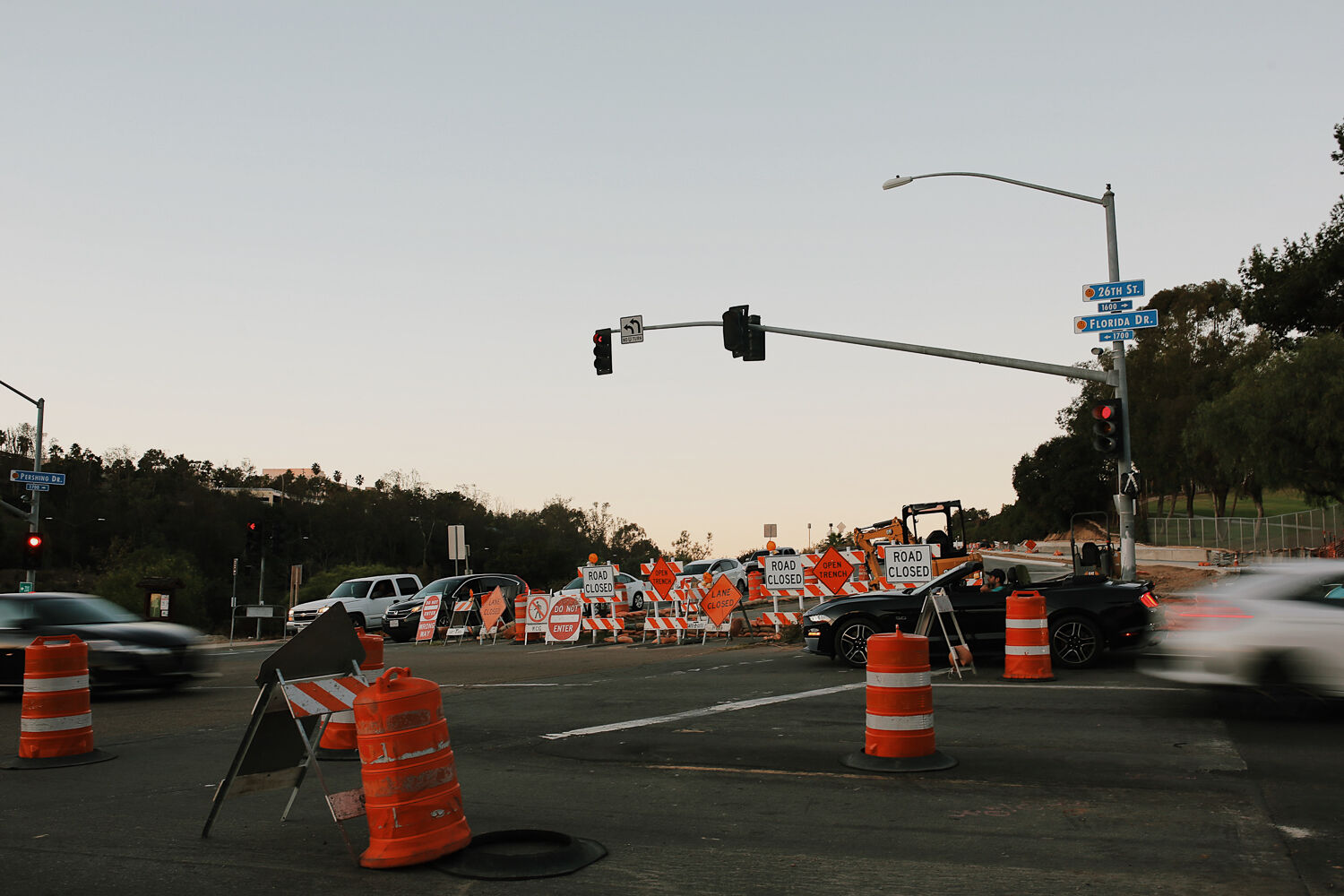
Bike land construction on Pershing Drive.
Credit: Madeline Yang
Some residents and businesses objected to the potential loss of street parking, and the city ultimately picked a design with less than a half-mile of a painted bike lane on one side of the street. Even that watered-down project still hasn’t been implemented.
There’s also the Monroe Bikeway, which aimed to close a gap in the bike network along Monroe Avenue in Talmadge with some modest traffic calming measures like roundabouts. The project faced resistance from the neighborhood planning group and was effectively abandoned in 2019.
Perhaps the biggest fumble was the Pershing Bikeway, a twoway protected bike lane and pedestrian path along Pershing Drive through Balboa Park. The project faced years of delays due to quibbles between SANDAG, the regional planning agency that was building the project, and the city of San Diego, which would maintain it, over the project’s design minutiae.
Then two people, Laura Shinn and Johnny Sepulveda, were struck and killed by drivers while riding up Pershing Drive in the summer of 2021. The bikeway is now under construction and is due to open in 2024. For a long time, it seemed like San Diego bike advocates couldn’t catch a break. City leaders had promised to dramatically increase the share of bike commuting, yet their actions weren’t matching their words.
Then, 2020. The Covid-19 lockdowns caused traffic to all but disappear. Streets suddenly felt a lot safer, and scores of San Diegans seized the opportunity to escape their homes and try biking—many for the first time since childhood. Bike counters installed at key locations around the county logged a 42 percent increase in bike traffic comparing the first five months of the pandemic to the same time period in 2019.
By the time pandemic restrictions eased and traffic returned to our streets, San Diego had managed to implement a few key bike projects to give new cyclists a safer place to ride. 30th Street in North Park is one notable example. Cyclists there now have a dedicated bike lane with a line of plastic poles that, while flimsy and easy to run over with a car, still provide an extra buffer. Protected bike lanes have been installed on Park Boulevard, 4th Avenue, 5th Avenue, 6th Avenue, Beech Street, C Street, J Street, and Pacific Highway, to name a few.
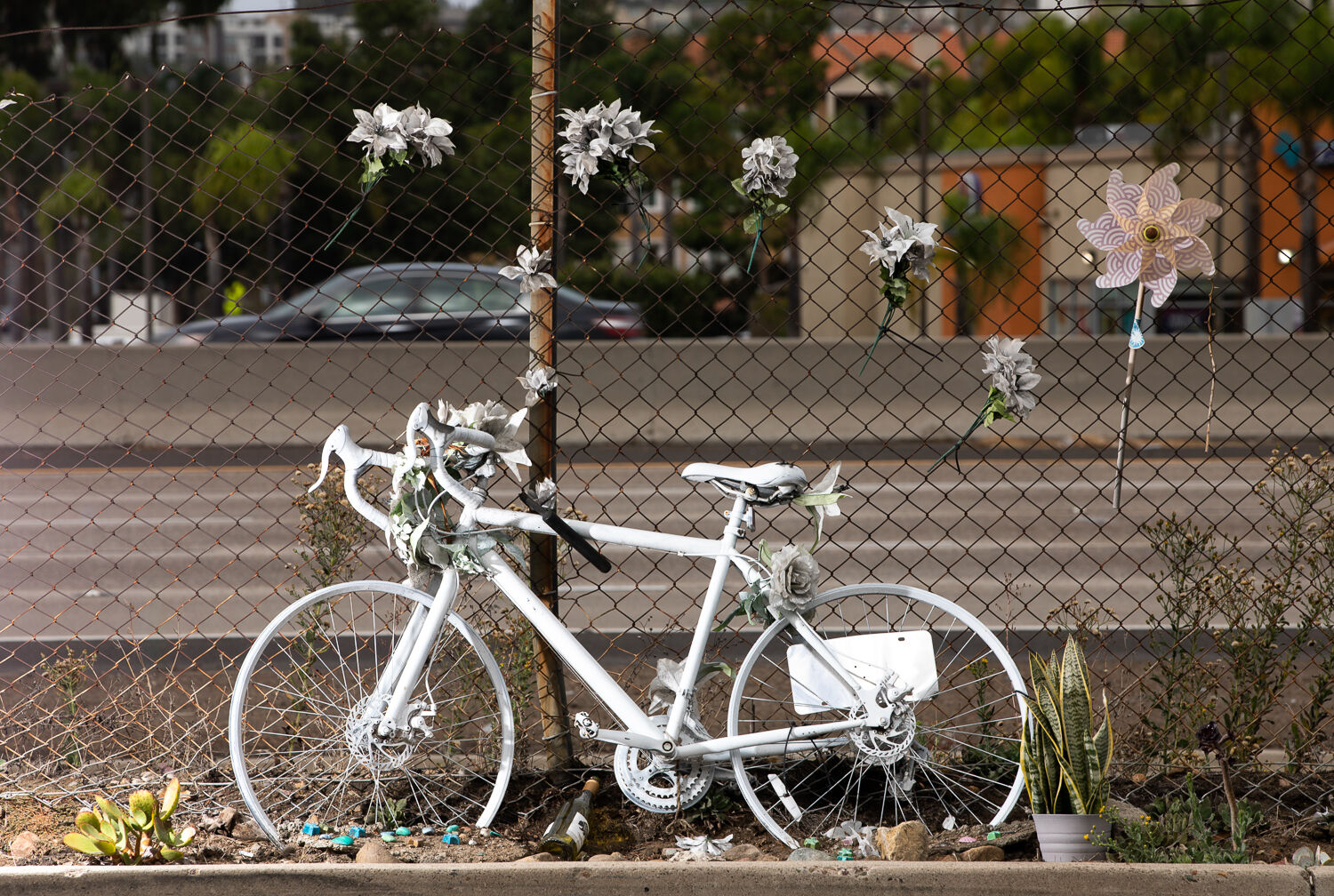
A ghost bike rests where Matt Keenan was struck and killed by a driver on Camino del Rio.
Credit: Ana Ramirez
Bike advocates hope the growing network of protected bike lanes will draw new cyclists onto the road, building a greater constituency of people willing to stand up for bike safety projects. And they have reason for hope: This past July, bike counters installed on 30th Street just south of University Avenue logged 12,258 bike and scooter trips, the most in a month since the devices were switched on in January.
In August 2022, the City Council approved an update to the 2015 Climate Action Plan. The city is now committed to “net zero emissions” by 2035. That means in about 12 years, all the carbon emissions in the city will have to be offset by somehow removing the same amount of carbon from the atmosphere. Half of all trips in all neighborhoods across the city—whether to work, school, a bar, or the grocery store—will have to be made without a car.
It’s the kind of ambition that matches the urgency of the climate crisis. But the city hasn’t yet committed to a detailed timeline or funding strategy for its new climate goals. And building a more bike-friendly city will require San Diego leaders to spend both money and political capital.
Laura Keenan hopes her story can help bring the currently esoteric goal of “net zero emissions” down to earth. Protected bike lanes, she says, are about more than just climate action.
PARTNER CONTENT
“No matter how safe the cyclist or pedestrian is, you never know what the driver is going to do,” Keenan said. “If the roads aren’t there to protect them, then they have no chance.”


